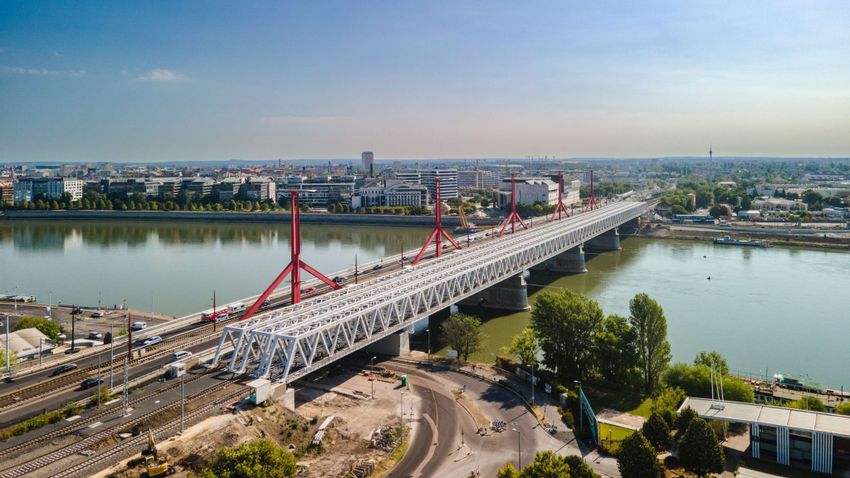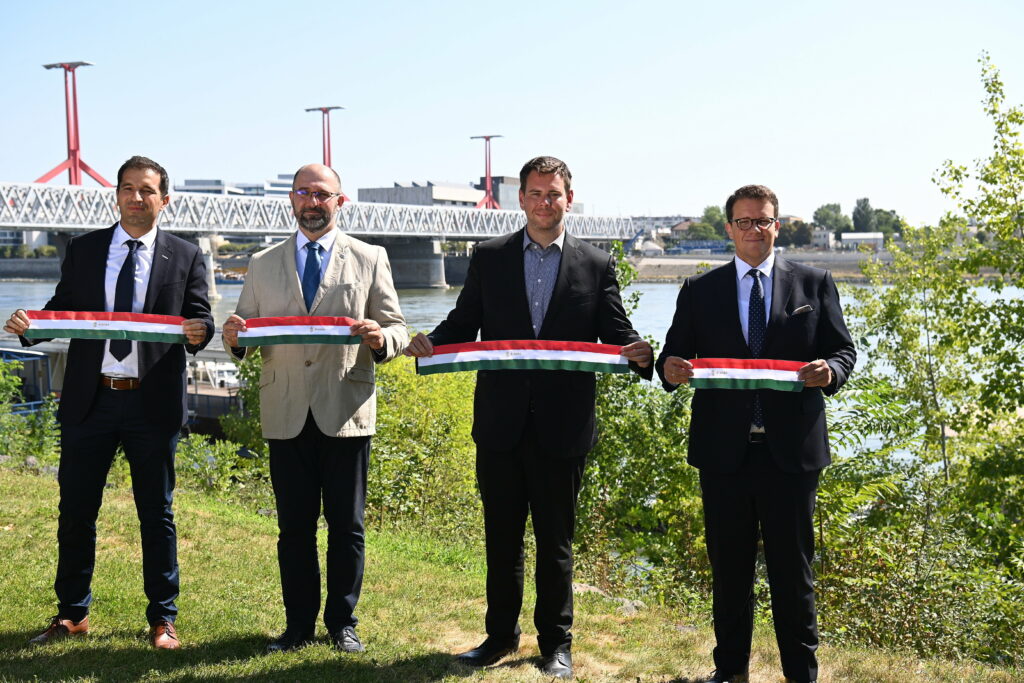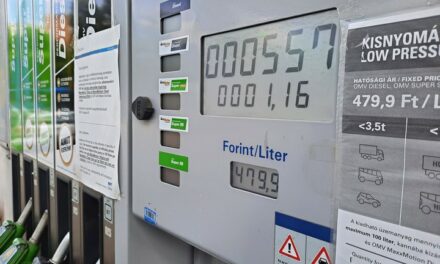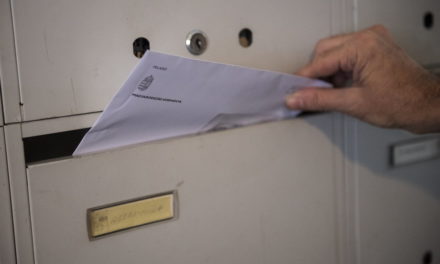One of the most important railway connections between Eastern and Western Europe passes through the southern part of Budapest
- declared the Secretary of State responsible for transport of the Ministry of Technology and Industry (TIM) at the handover of the renewed Danube railway bridge connecting the south on Thursday in Budapest.
Dávid Vitézy emphasized: the renovated bridge plays a significant role not only in passenger rail traffic, but also in international freight traffic, because three of Europe's most important trans-European rail corridors pass through here. They connect the Dutch ports and Spain with Romania, the Black Sea, the Balkans or Ukraine.
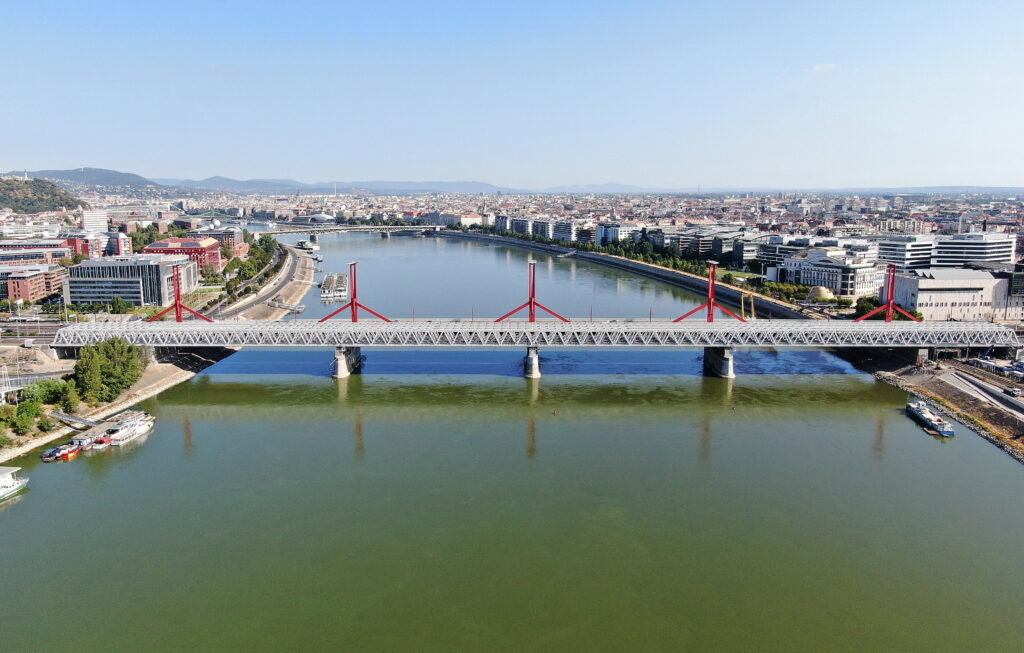
MTI/Zoltán Máthé
90 percent of the railway traffic between the eastern and western parts of Hungary, including transit traffic, passes over the southern connecting railway Danube Bridge. Thanks to the renovation and capacity expansion, the bridge will be able to reliably serve rail passenger and goods transport in the coming decades, emphasized Dávid Vitézy.
The state secretary recalled: 106 years ago, in 1916, the railway company stated in its development strategy that more capacity was needed instead of a two-track bridge, and since then the plans included increasing the capacity at one of the most important Hungarian railway crossings on the Danube.
Based on the government's decision, the National Infrastructure Developer (NIF) Zrt. concluded the construction contract with Duna Aszfalt Kft. in 2019 for the investment.
Dávid Vitézy also touched on the fact that, in addition to the three-track bridge, the necessary capacities will also be built on the connecting sections, NIF Zrt. recently concluded the construction contract for the construction of the southern circular railway. In this way, the railway line will be extended to the Népliget on the Pest side, and to Kelenföld on the Buda side.
The increase in capacity contributes to the fact that freight trains can pass through the section more reliably with shorter waiting times, and also to the fact that they do not have to travel at night, when they disturb the residents. In addition, passenger traffic may increase.
Tamás Sereg, bridge construction director of Duna Aszfalt, Artúr Kikina, railway development director of the National Infrastructure Development (NIF) Zrt., Dávid Vitézy, state secretary responsible for transport at the Ministry of Technology and Industry and Zoltán Pafféri, president and CEO of MÁV Zrt. on August 4, 2022, at the inauguration of the renewed southern connecting railway Danube bridge. MTI/Zoltán Máthé
Zoltán Pafféri, the president and CEO of MÁV Zrt., reminded: since 1877, for 145 years, there has been a permanent railway connection between Southern Pest and Southern Buda, Hungary's first Danube railway bridge stood on the site of the renovated bridge.
150 passenger and 100 freight trains cross the approximately 500-meter-long bridge every day, 2.8 million passengers used it last year, and 1.7 million have traveled across it so far this year, said the president and CEO. Zoltán Pafféri also talked about the fact that new noise and vibration damping technologies were used during the construction. The flexible rail attachment, the noise-shielding wall, and the special polymer bridge plates were all installed in order to reduce the noise load.
Source: magyarnemzet.hu
the entire article here.
Opening image Dávid Vitézy's Facebook page

